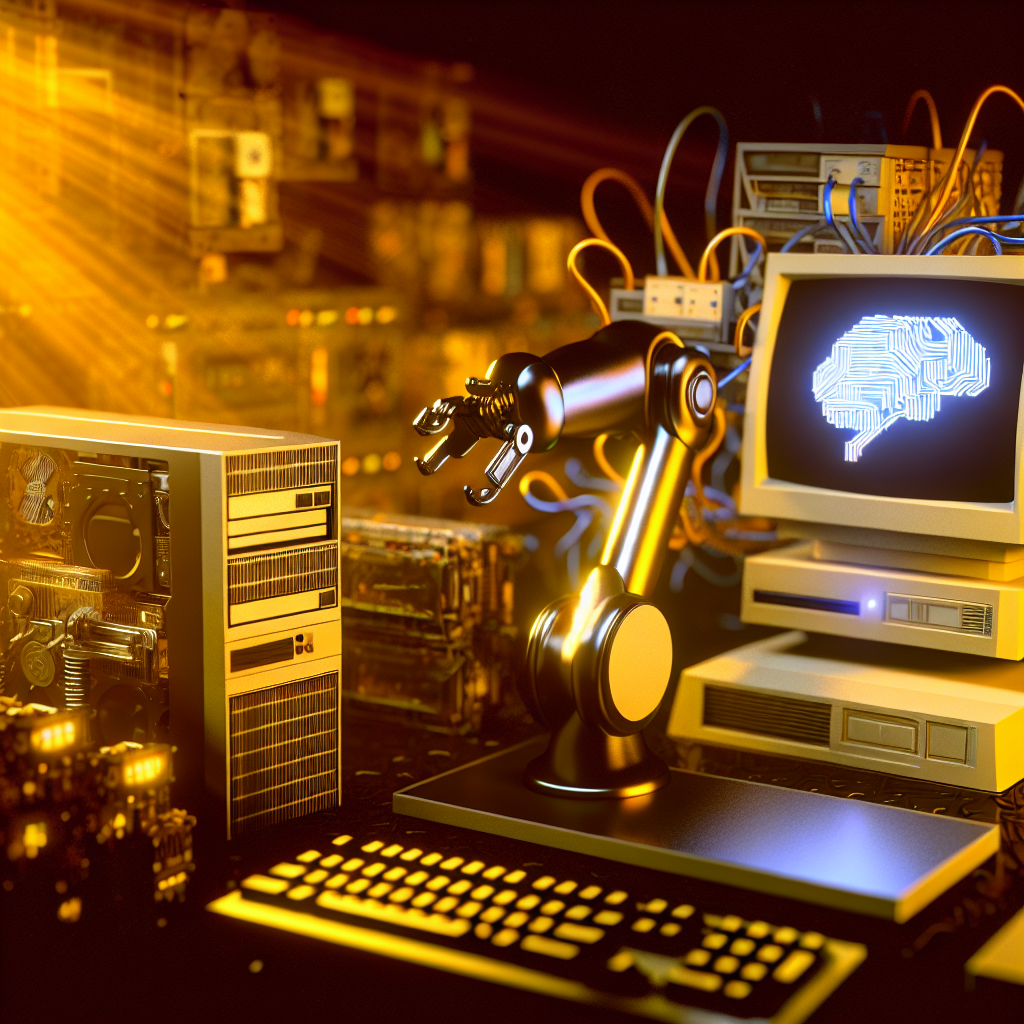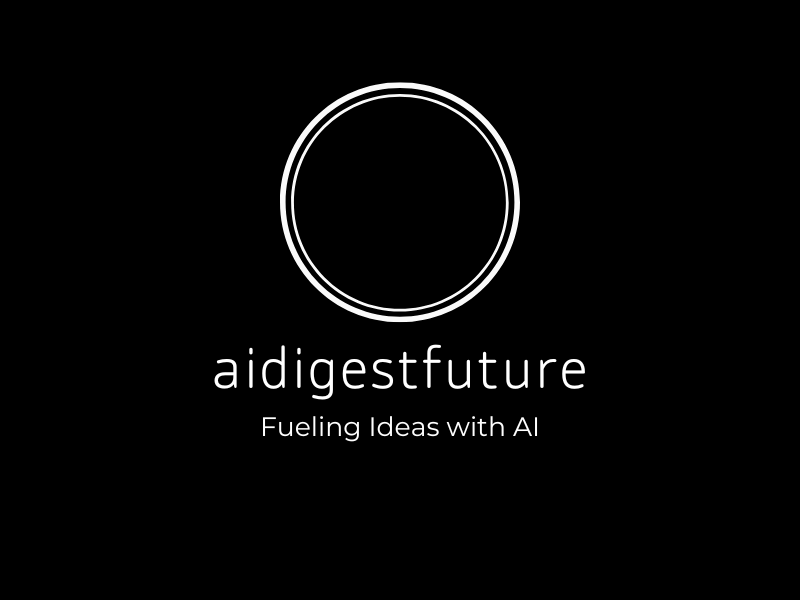
Understanding Legacy Technology in a Fast-Moving AI World
The emergence of artificial intelligence (AI) is reshaping industries, unlocking new opportunities, and revolutionizing how businesses operate. Yet, for many organizations, legacy technology—outdated systems, software, and infrastructure—remains a core component of their operations. For those navigating the tension between the past and the future, there’s good news: legacy tech won’t hinder the rise of AI innovation. Instead, with the right strategies, it can act as a foundation for transformation.
What is Legacy Technology?
Legacy technology refers to older software, hardware, or systems still in use despite newer and more advanced alternatives being available. These technologies were reliable workhorses in their prime but may now be considered outdated by modern standards. Examples include:
- On-premises servers and storage systems.
- Outdated programming languages and frameworks.
- ERP systems that lack cloud integration.
- Standalone CRM platforms with limited data analytics capabilities.
While legacy tech is often viewed as an obstacle, it’s important to recognize its role in keeping businesses functional. For many companies, transitioning away from these systems is not an immediate priority due to operational, financial, or logistical challenges.
The Myth: Legacy Tech is a Barrier to AI
There’s a common misconception that the presence of legacy systems completely blocks innovation, particularly when it comes to adopting AI technologies. Businesses often worry that existing infrastructure isn’t “modern” enough to support AI tools and platforms. But in reality, this perception rests on myths like:
- “AI only works with state-of-the-art technology.” Modern AI solutions are often designed to integrate with older systems and can work with fragmented or siloed data.
- “Legacy systems can’t handle AI workloads.” While legacy systems might not natively support AI processes, hybrid solutions and complementary upgrades can bridge any gap.
- “Replacing legacy systems is essential before adopting AI.” This is false—incremental approaches exist to embed AI into existing infrastructures without full replacements.
Why Legacy Systems and AI Can Coexist
The coexistence of legacy technology and AI innovation is not only possible but, in many cases, desirable. Here’s how companies can harmonize these two areas:
1. Data Is Still King
Legacy systems often house years—or even decades—of valuable historical data. This data is a treasure trove for AI tools that require training on large datasets to generate insights or make predictions. By leveraging the vast repositories of information stored in legacy systems, businesses can unlock the full potential of AI while avoiding the costly process of starting from scratch.
2. Middleware and APIs Offer Integration
Modern middleware and APIs (Application Programming Interfaces) are designed to act as bridges between old and new systems. These tools allow seamless connectivity, ensuring that AI platforms can access and utilize legacy data. Companies no longer need to overhaul their core systems to enjoy the benefits of AI—they can build integration layers that allow for minimal disruption.
3. Hybrid Cloud Solutions
Simply put, moving every aspect of a business to the cloud can be complex and expensive. The good news is that hybrid cloud solutions offer the best of both worlds. By maintaining legacy systems on-premises while extending certain functionalities to the cloud, businesses can deploy AI to complement existing infrastructures.
4. Modular Upgrades
Instead of replacing entire legacy systems, organizations can invest in modular upgrades. For example, adding AI-driven analytics tools or decision-support software to existing processes enables innovation without massive overhauls.
Adopting AI Without Breaking the Bank
For businesses working with legacy tech, budget constraints are often a concern. However, adopting AI doesn’t need to break the bank. Here are steps to ensure a cost-effective approach:
1. Start Small and Scale Gradually
Pilot AI solutions in smaller, specific areas of your business. For instance, use AI for customer chatbots or predictive maintenance within manufacturing. Once proven, these solutions can scale seamlessly.
2. Partner with Experts
Leverage the expertise of AI solution providers familiar with working around legacy systems. They can help identify and implement tools that align with your existing infrastructure.
3. Focus on ROI
When introducing AI into legacy systems, prioritize projects likely to deliver significant ROI quickly. This ensures that the investment makes a measurable impact on the bottom line, providing further justification for additional AI initiatives.
Examples of Successful AI and Legacy Systems Integration
Across industries, businesses are successfully blending legacy technology and AI innovation. Below are examples that showcase this synergy:
- Healthcare: Hospitals use AI algorithms to analyze patient records stored in old electronic health record (EHR) systems. AI tools extract insights, personalize treatment plans, and improve patient outcomes without requiring a complete overhaul of EHR platforms.
- Manufacturing: Factories equipped with decades-old machinery implement Internet of Things (IoT) sensors and AI-driven predictive maintenance systems. This reduces downtime and increases productivity, all while keeping the original machinery in place.
- Banking: Banks integrate AI-powered fraud detection algorithms with their legacy transaction systems. The AI actively scans real-time and historical data for suspicious activities, enhancing security without disrupting operations.
These examples reinforce the idea that innovation is achievable even with aging infrastructure.
The Role of Leadership in Driving Change
Leadership plays a critical role in ensuring AI adoption adapts to the constraints and opportunities of legacy systems. Key strategies for leaders include:
- Encouraging a culture of innovation: Break down silos between IT teams managing legacy tech and those driving AI initiatives.
- Balancing risk and reward: Invest judiciously in AI solutions that enhance existing systems rather than introducing unnecessary complexity.
- Upskilling employees: Provide training opportunities to ensure the workforce can comfortably navigate both traditional systems and new AI-driven tools.
Conclusion: The Path Forward
The rise of AI does not mean the death knell for legacy technology. On the contrary, when properly approached, legacy tech can serve as a launchpad for innovation. By recognizing the potential of existing systems, leveraging modern integration tools, and adopting gradual implementation strategies, companies can harness AI’s transformative power without abandoning their roots.
Rather than viewing legacy systems as obstacles, businesses should consider them as vital assets in the journey toward a smarter, AI-powered future. With the right mindset, strategy, and leadership, the coexistence of legacy technology and AI innovation becomes a success story waiting to happen.
